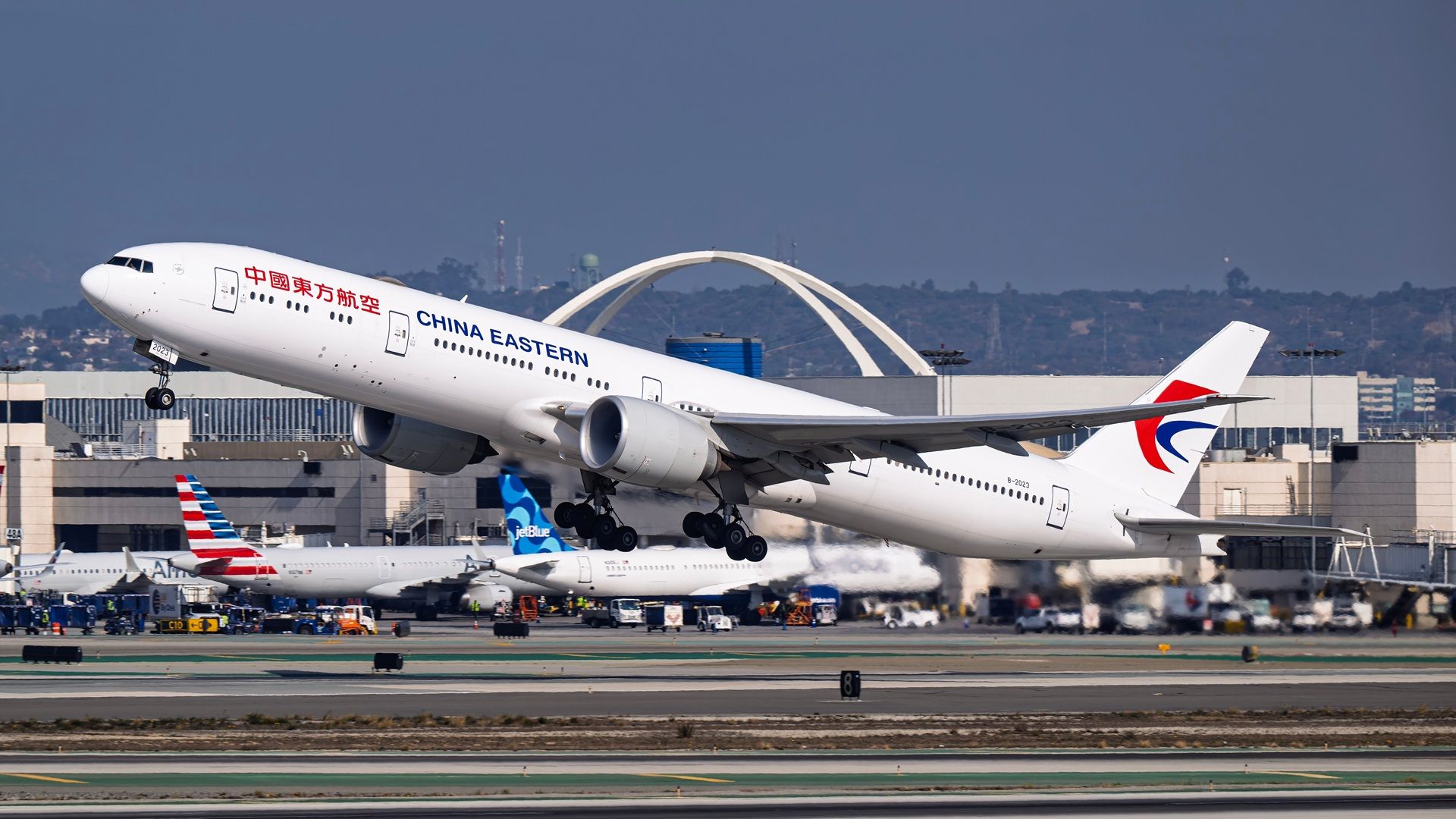The U.S. government has proposed a ban on Chinese airlines operating routes that fly over Russian airspace en route to America. This decision arises from concerns that U.S. carriers face unfair competition due to restrictions on their own use of Russian airspace, a situation stemming from ongoing sanctions linked to Russia’s military actions in Ukraine. The United States Department of Transportation highlighted that the inability of U.S. airlines to use these routes results in increased operational costs, putting them at a significant disadvantage.
Current Chinese Airlines Flying to the U.S.
According to data from Cirium, an aviation analytics company, Air China leads the way among Chinese carriers with the highest number of flights to the U.S. in March 2025. The airline operates a total of 124 flights this month, offering 41,912 seats on various routes. This translates to an average of two round trips daily, although it doesn’t operate the same routes every day. Air China’s services include five key routes, with most originating from Beijing (PEK). Notably, the airline also operates a route from Shenzhen (SZX) to Los Angeles (LAX) using a Boeing 777.
The routes from Beijing include services to Washington (IAD) and New York (JFK), which utilize the Boeing 747, while the flights to LAX and San Francisco (SFO) employ the Boeing 777. As noted by Aviation Week, the routes from Beijing and Shenzhen to LAX are among those that currently overfly Russian airspace.
Other Major Players: China Eastern and China Southern
Two additional Chinese airlines, China Eastern Airlines and China Southern Airlines, also maintain significant operations to the U.S. in March 2025. China Eastern has scheduled 105 flights this month, with an average of more than one round trip per day. All of its routes commence from Shanghai, with flights to LAX using the Boeing 777-300ER. Additionally, this aircraft serves routes to San Francisco and JFK, with the latter overflying Russian airspace.
China Southern, meanwhile, operates 88 flights or 44 round trips, primarily linking Guangzhou with LAX. This route is serviced 22 times each way using the Boeing 777-300ER. The airline also employs this model for flights from Guangzhou to JFK and San Francisco, along with services from Wuhan to San Francisco. The Boeing 787-9 is additionally used for routes to San Francisco.
Smaller carriers such as Xiamen Airlines and Hainan Airlines operate fewer frequencies. Xiamen Airlines has two routes to the U.S., both using the Boeing 787-9 but not overflying Russia. Hainan Airlines connects Beijing with Boston (BOS) three times a week using the Boeing 787-9, and services from Haikou to Seattle also employ this aircraft.
Lastly, Sichuan Airlines operates a single route to the U.S., flying from Chengdu (TFU) to LAX with scheduled services totaling 13 outbound and nine inbound flights this month.
The proposed ban on Chinese airlines that utilize Russian airspace highlights the complex interplay of international aviation regulations and geopolitical tensions. As these developments unfold, the impact on both U.S. and Chinese carriers remains to be seen, with significant implications for the future of trans-Pacific travel.






































































